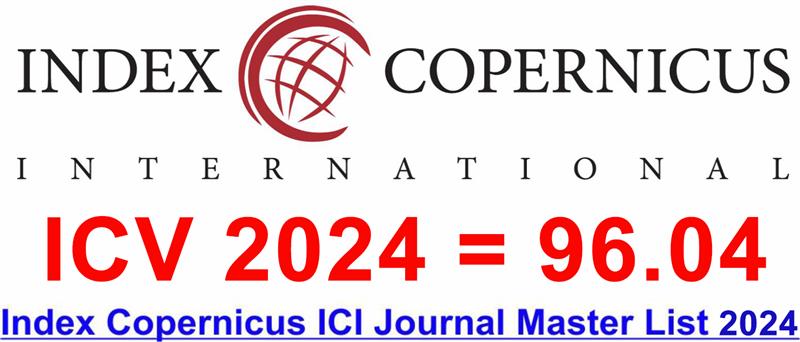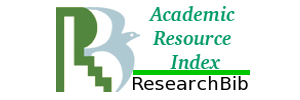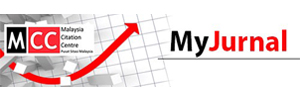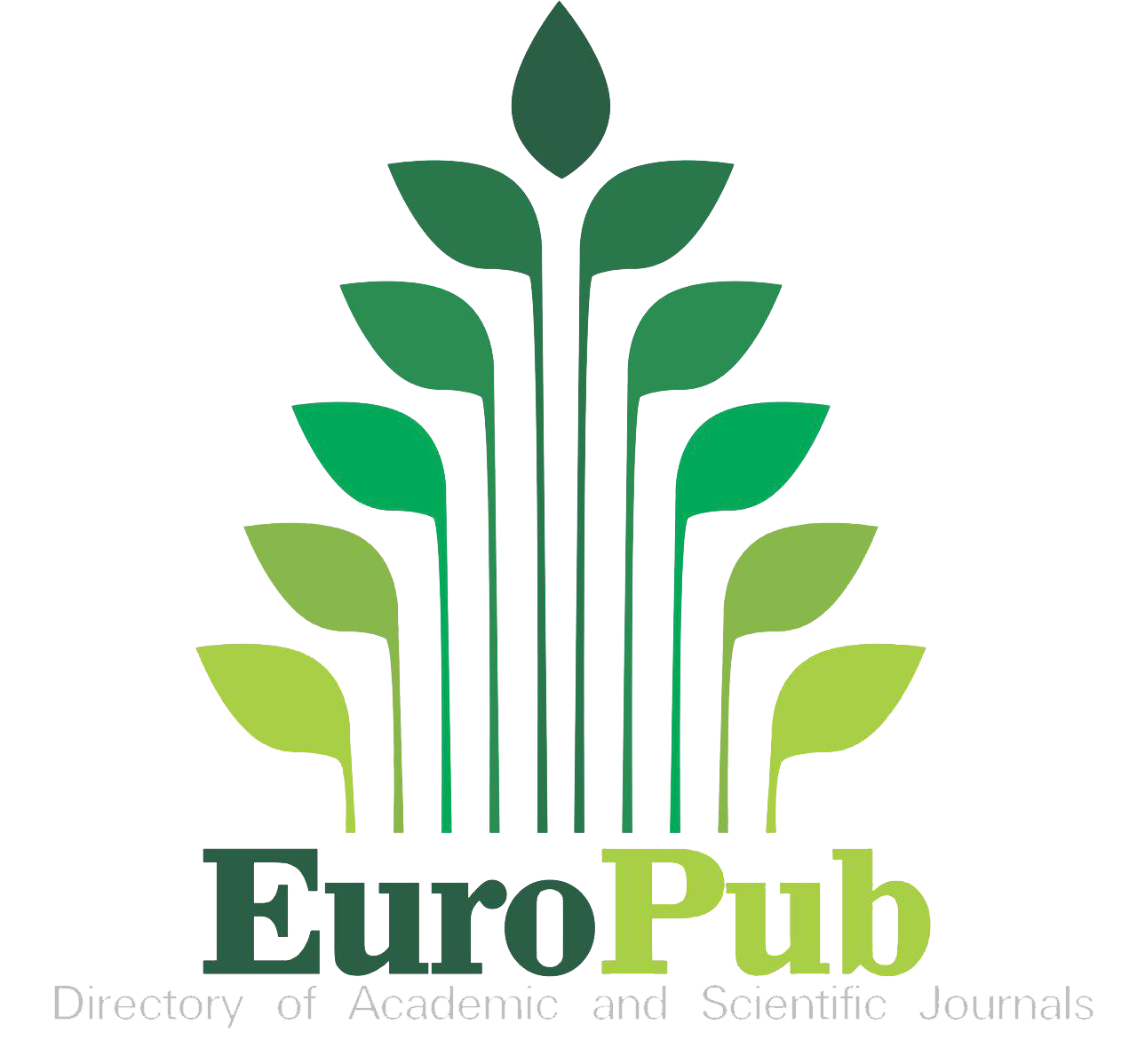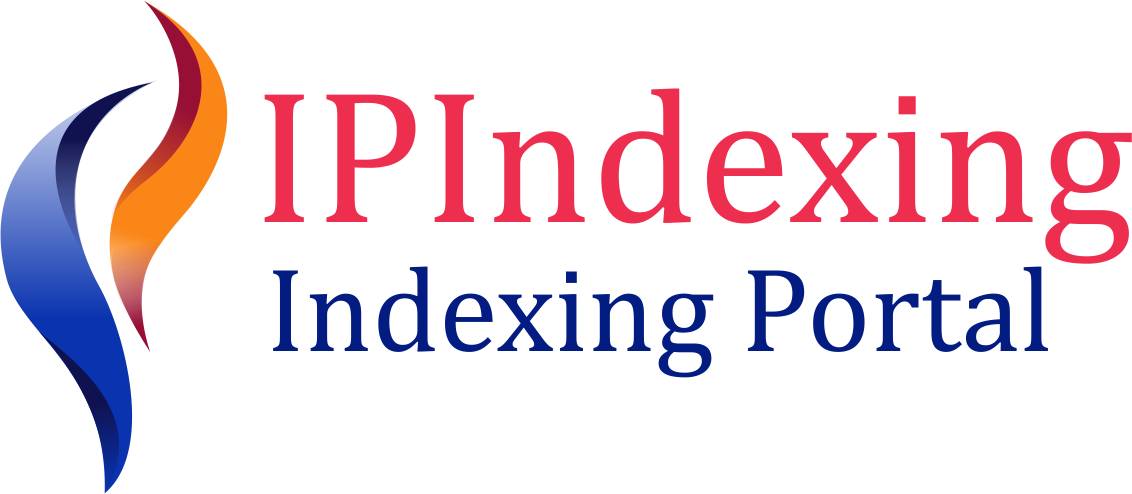Barriers for Accessing Education Spaces in Myanmar
Abstract
With a population of more than 54.5 million, 135 ethnic groups, Myanmar is one of the world's most diverse countries. Despite this rich diversity, decades of political isolation and economic stagnation have slowed progress on all aspects of human development. Large disparities remain in access to basic services and a legacy of conflict, and natural disasters has had a profoundly negative impact on the ability of many children to realize their rights. In 2021-2022, the twin crises of the COVID-19 pandemic and the military takeover are driving an acute learning crisis in Myanmar, with millions of children and youth now facing significant challenges in accessing and continuing with their education due to a multitude of complex factor, particularly the most vulnerable children and girls. A significant number of children do not attend school regularly and many children are out of school. The improvements observed in recent years in education outcomes have been reversed and the current situation has resulted in a prolonged learning crisis for Myanmar’s 4.5 million school-aged children, as well as adolescents and youth attending non-formal education, with long-lasting consequences for their cognitive development and their socio-economic futures. In order to promote children's learning independent of political conditions or climate change, the study intends to understand the obstacles that students face while trying to enter educational spaces and how to assist children and the community in overcoming those obstacles.
Keywords:
Barriers to Education, Community Participation, Learning Outcomes, School SafetyReferences
Alejo, A., Yao, H., & Reuge, N. (2023). Tracking Progress on Foundational Learning: Findings from the RAPID 2023 Analysis. UNICEF.
Bastidas, P. (2011). School safety baseline study. UNISDR: Thematic Platform on Knowledge and Education (TPKE).
D'Ayala, D., Galasso, C., Nassirpour, A., Adhikari, R. K., Yamin, L., Fernandez, R., ... & Oreta, A. (2020). Resilient communities through safer schools. International journal of disaster risk reduction, 45, 101446.
DOI: https://doi.org/10.1016/j.ijdrr.2019.101446
Justino, P. (2014). Barriers to education in conflict-affected countries and policy opportunities. Paper commissioned for fixing the broken promise of education for all: findings from the global initiative on out-of-school children (UIS/UNICEF, 2015). Montreal: UNESCO Institute for Statistics (UIS).
Kelman, I. (2015). Climate change and the Sendai framework for disaster risk reduction. International Journal of Disaster Risk Science, 6(2), 117-127.
Paci-Green, R., Varchetta, A., McFarlane, K., Iyer, P., & Goyeneche, M. (2020). Comprehensive school safety policy: A global baseline survey. International journal of disaster risk reduction, 44, 101399.
DOI: https://doi.org/10.1016/j.ijdrr.2019.101399
Patrinos, H. A. (2018). Four Education Trends that Countries Everywhere Should Know About (News and Research 100).
Prøitz, T. S. (2010). Learning outcomes: What are they? Who defines them? When and where are they defined?. Educational assessment, evaluation and accountability, 22(2), 119-137.
United Nations Children’s Fund (UNICEF), Machel Study 10-Year Strategic Review: Children and Conflict in a Changing World (UNICEF, 2009), http://www.unhcr.org/refworld/docid/4a389ca92.html.
Ministry of Education, UNESCO International Institute for Educational Planning and UNICEF. (2018). Myanmar Report on Out-of-School Children Initiative (OOSCI).
National Center on Safe Supportive Learning Environment. (2023). Family-School-Community Partnerships.
https://safesupportivelearning.ed.gov/training-technical- assistance/education-level/early-learning/family-school-community-partnerships
Spoorenberg, T. (2015). Provisional results of the 2014 census of Myanmar: The surprise that wasn't. Asian Population Studies, 11(1), 4-6.
UNICEF. (2020). SEA-PLM 2019 Main Regional Report: Children’s Learning in 6 Southeast Asian Countries.
UNICEF. (2023). Myanmar Humanitarian Situation Report No. 4, 30 June 2023
UNICEF. (2024). Myanmar Humanitarian Situation Report No.7, 31August 2024
UNOCHA. (2022). The Multi-Sector Needs Assessment (MSNA), done by OCHA with support of the Education Cluster (co-led by UNICEF and Save the Children).
UNOCHA. (2024). United Nations Office for the Coordination of Humanitarian Affairs, Myanmar Humanitarian Update No.40, UNOCHA, New York,16 August 2024.
UN Office for the Coordination of Humanitarian Affairs (OCHA). (2022). Myanmar Humanitarian Update, August 2022.
UNWPP. (2024). World Population Prospects (2024 Revision) - United Nations population estimates and projections.
Weltbankgruppe. (2020). Myanmar Economic Monitor, December 2020: Coping with COVID-19. World Bank.
World Bank. (2022). https://www.worldbank.org/en/topic/brief/Safe Schools: Supporting the Future of Learning through Safe Schools (worldbank.org)





